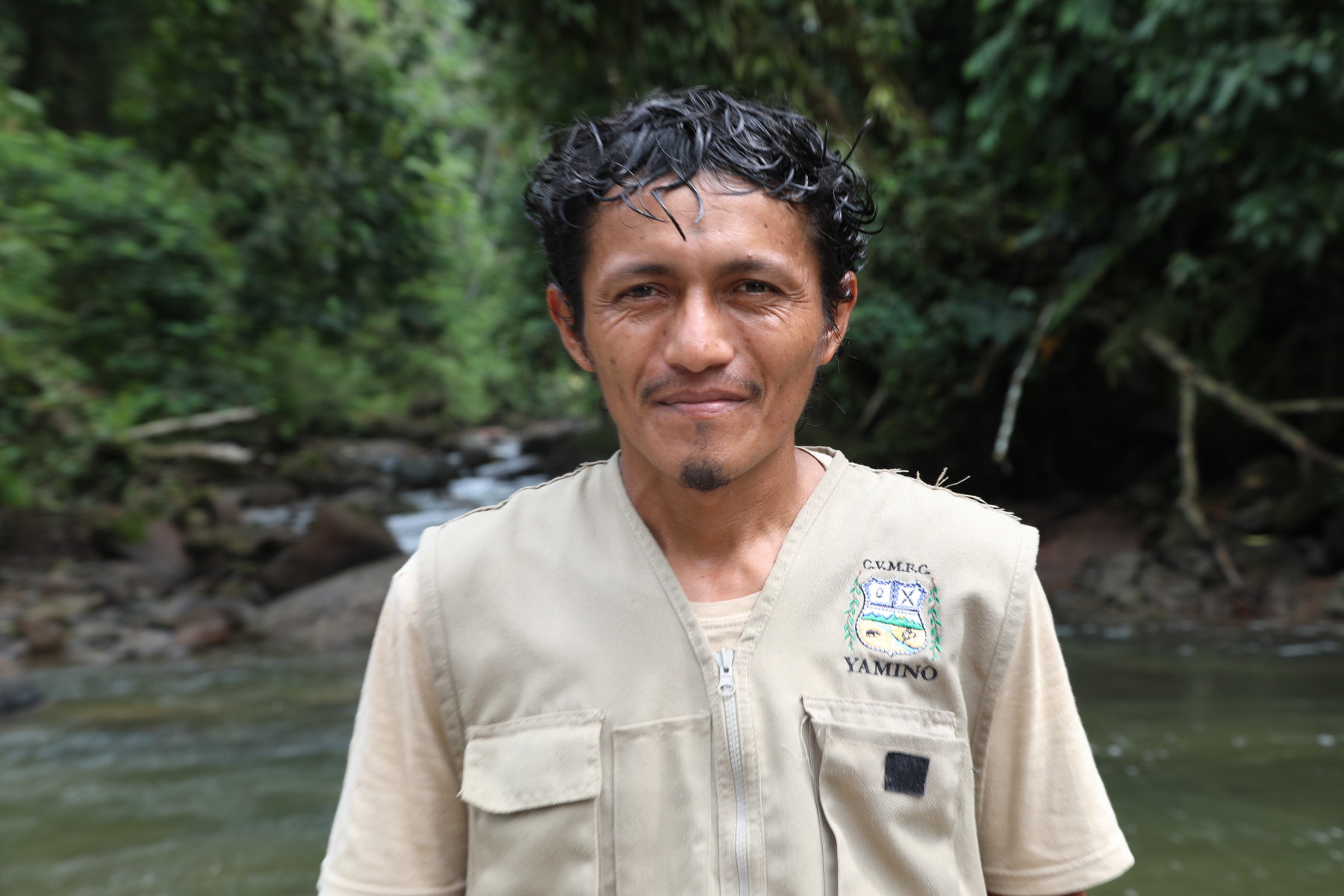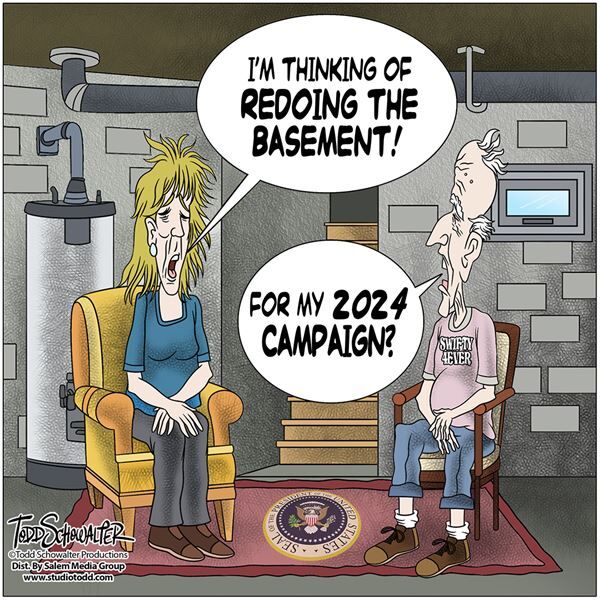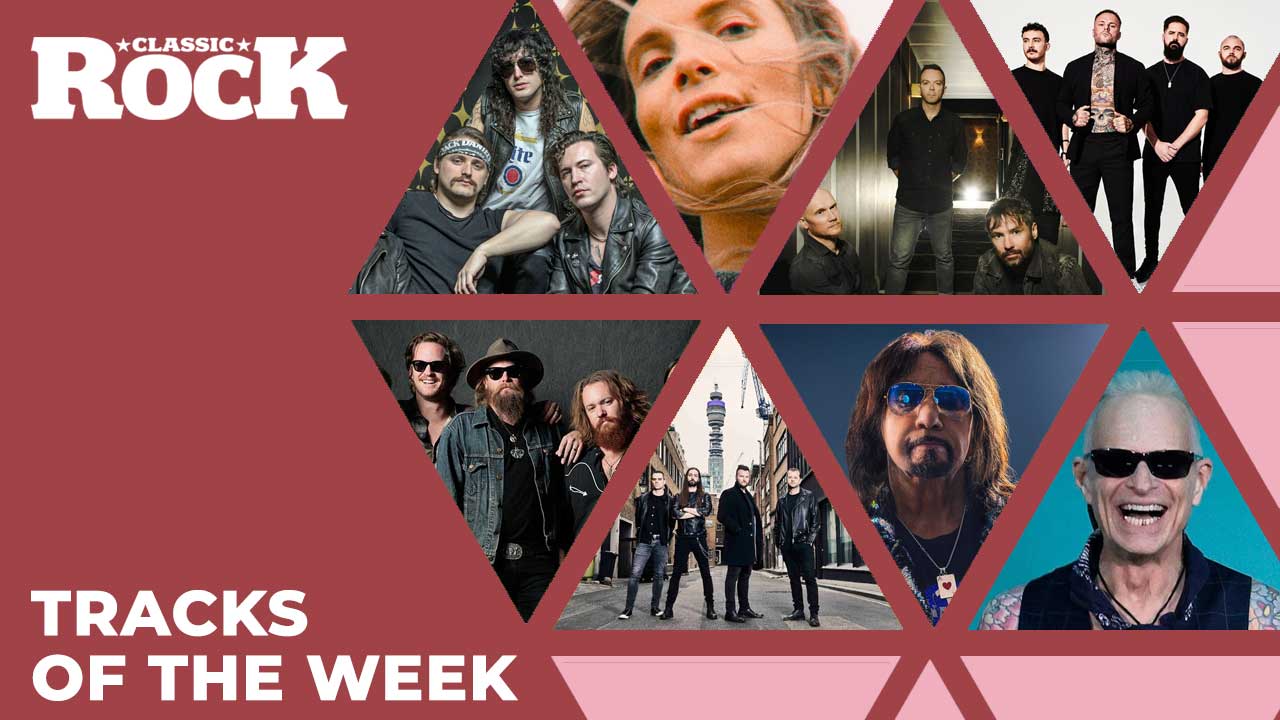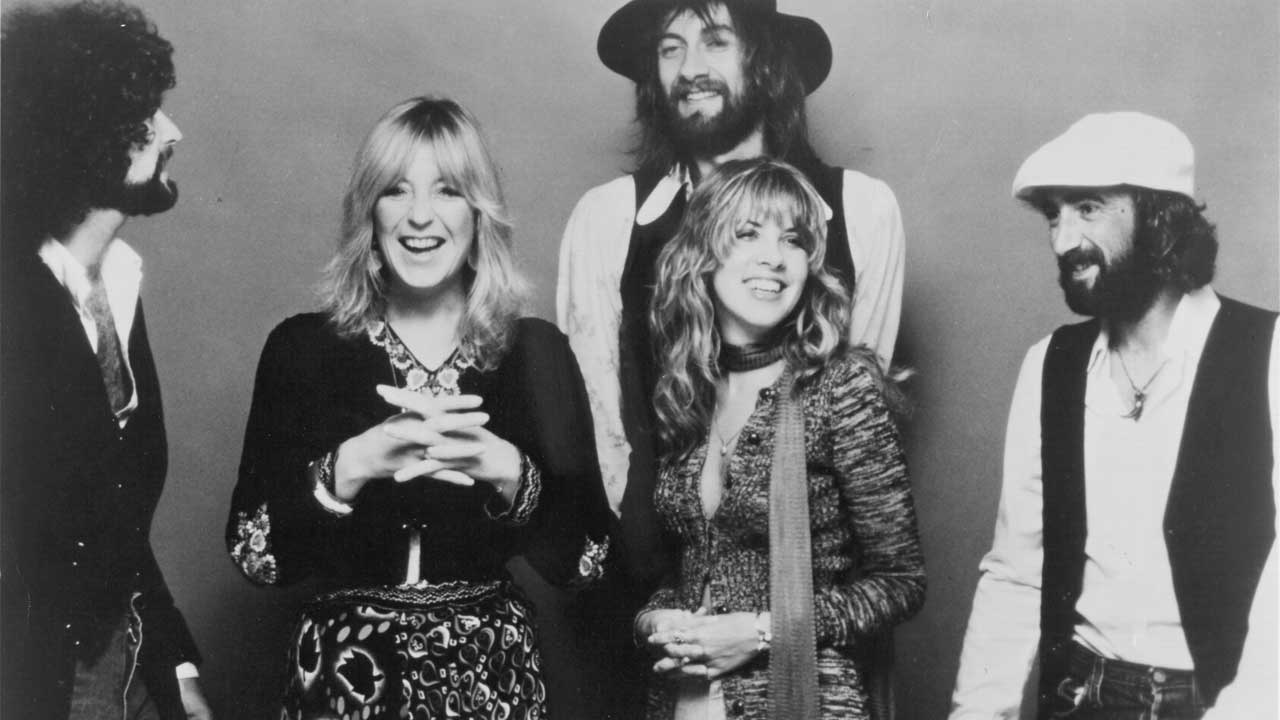
reasonstobecheerful.world
The Park Where Conservation and Indigenous Rights Go Hand in Hand
Cesar Lopez Tanchiva strolls through the tropical rainforest with a sure-footedness that comes with decades of experience. Despite his authoritative appearance — a prim‚ khaki uniform and tall‚ jade green boots — the 37-year-old grew up here in the jungle.
But since 2013‚ Tanchiva has taken on a new role as a state-sanctioned protector of his home‚ the Cordillera Azul‚ a densely forested national park in eastern Peru on the edge of the Amazon. He coordinates a team of 20 Indigenous rangers from the village of Yamino who patrol their community’s 112 square miles of protected land.
Cesar Lopez Tanchiva. Credit: Peter Yeung
“We have created a new kind of vigilance in our society‚” says Tanchiva‚ whose team is equipped with GPS trackers‚ video cameras and drones to ward off against illegal loggers‚ miners and narcotraffickers in the territory. “We are able to use these new technologies as well as our knowledge that we have learned over many generations.”
This initiative in the Cordillera Azul — which is run by the Center for Conservation‚ Research and Management of Natural Areas (CIMA)‚ a Peruvian nonprofit — is part of an effort to forge a new model of conservation that treats the well-being of local communities as a fundamental element of‚ and objective for‚ its long-term success.

















